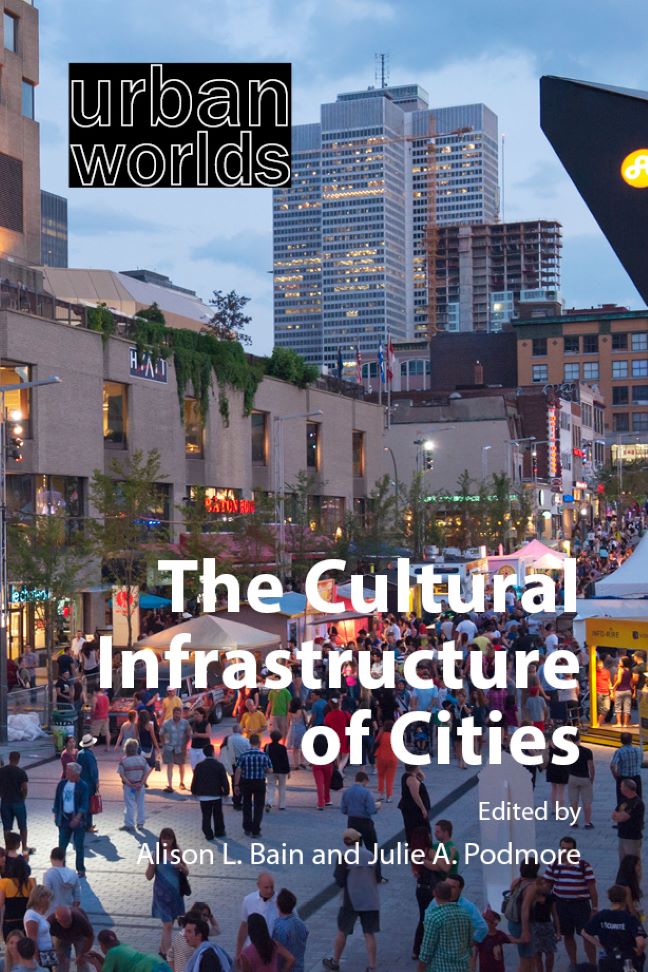Part IV - Collecting Culture
Published online by Cambridge University Press: 23 January 2024
Summary
Cities themselves are living archives. Their built form and streetscapes are at once prosaic and visually spectacular, messy and ordered, permeable and bounded. As complex, incomplete and ever-changing entities, cities and their cultural infrastructure are the repositories of urban life (Rao 2009). Nevertheless, there are cultural institutions within cities that have explicit mandates to collect, store and exhibit memories, histories and knowledge that become the foundations of state-sanctioned culture. These range in practice from small personal collections to the activist reading rooms and archives of oppositional groups, to state-sanctioned municipal libraries, national archives and metropolitan museums. Within these collections are images, texts and material culture from the past through to the present that are catalogued, indexed and stored for selective display and reinterpretation. In cities, these repositories provide the cultural infrastructure through which to recuperate the past and reimagine urban futures.
The collection of culture – the possession and assembly of rare and valuable objects – “is consumption writ large” (Belk 1995: 1). Whether compiled for archival activism or to nostalgically represent the past by refashioning new spaces and subcultures, collections make new relationships between objects, spaces, communities and their histories (Sellie et al. 2015). Collecting invariably brings objects together and, in the case of hierarchical structures like libraries, museums and archives, gives them an order in relation to one another based on classification systems (Derrida 1996). As Elsner and Cardinal (1994: 2) assert: “[i]f the peoples and the things of the world are the collected, and if the social categories into which they are assigned confirm the precious knowledge of culture handed down through generations, then our rulers sit atop a hierarchy of collections.” Collecting is a process of social display that distinguishes between things. It aspires to be distinctive and sometimes disruptive of norms while also reinforcing what constitutes taste and culture.
This section focuses on the socially admissible collecting of museums, libraries and archives, attending to how this cultural infrastructure of collection serves the public good (Bain & Podmore 2020). More than just tangible institutional repositories of written, visual, sonic and material culture, they are also spaces of urban encounter across socio-cultural, ethnic and generational divides that are embedded in locales (Amin 2008).
- Type
- Chapter
- Information
- The Cultural Infrastructure of Cities , pp. 201 - 206Publisher: Agenda PublishingPrint publication year: 2023

